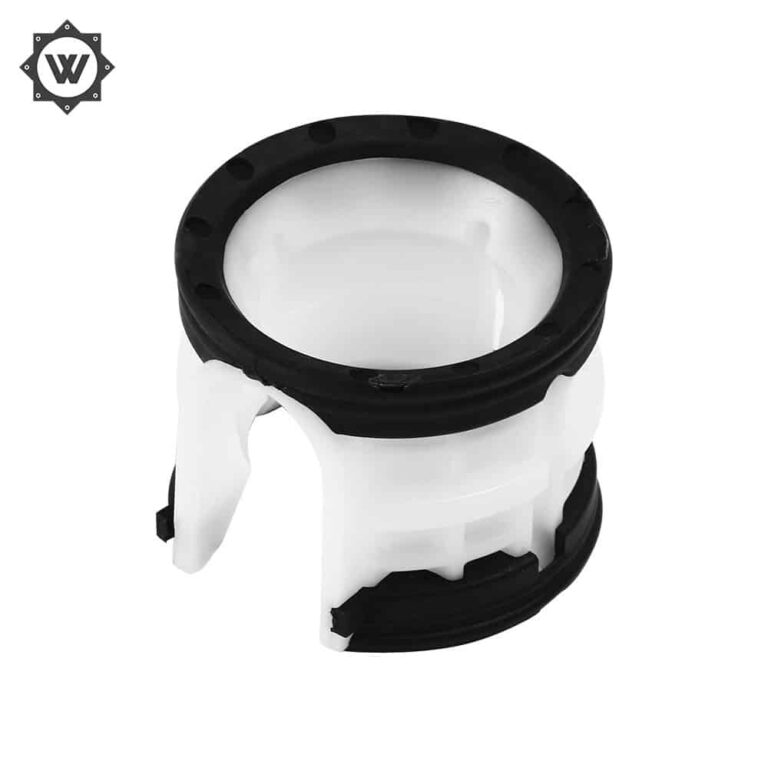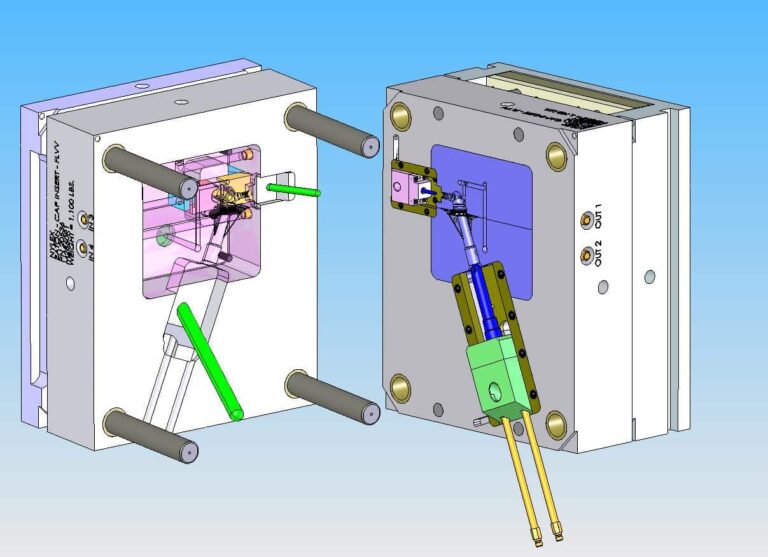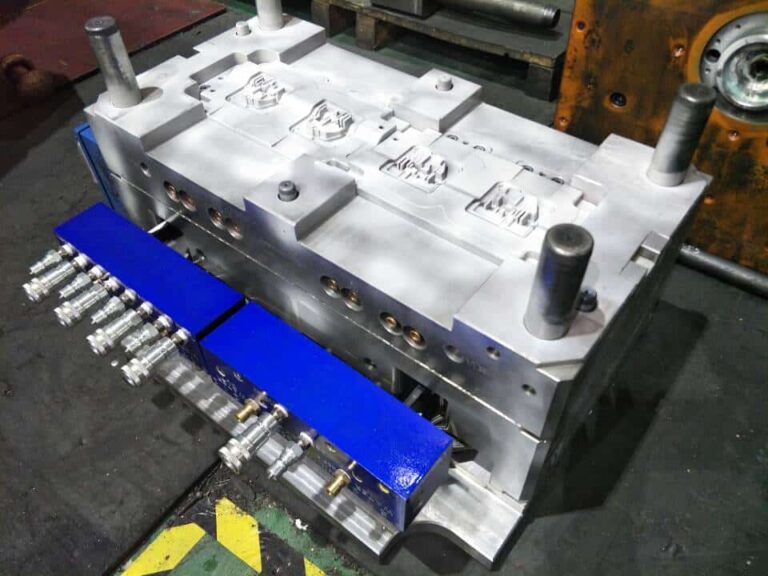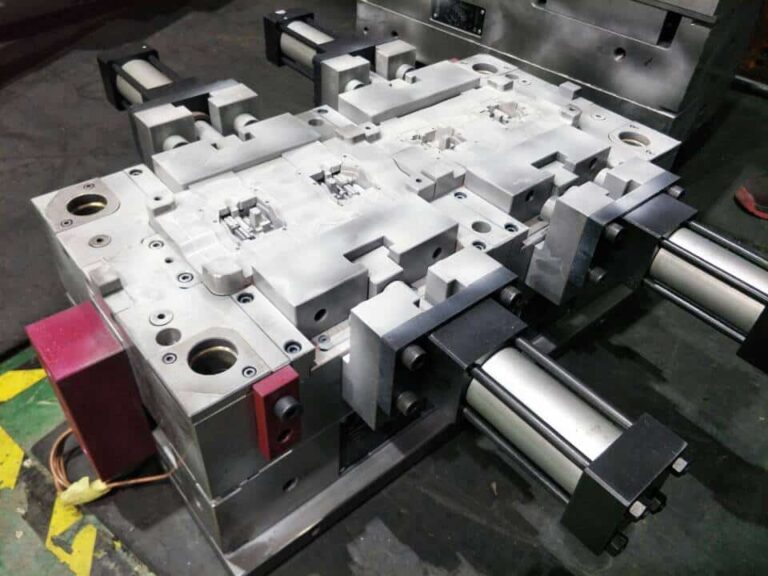Plastics, a polymer, have a wide variety of processing methods. Each method has its advantages and disadvantages and is better suited for a specific application. Let’s see how they are processed next with the relevant interesting motion pictures!
Injection Molding Machines
Injection Molding


Injection molding is a manufacturing method in which parts are made by injecting material into a mold. The primary method of processing plastic is injection molding. In this process, the plastic is placed into a hopper, which then heats the plastic to inject it, and it is pushed through a long chamber with a reciprocating screw. Afterwards, it is softened into a fluid state. The nozzle is located at the end of the chamber and the fluid plastic is forced through the nozzle to cool and close the mold. As the plastic cools and cures, the semi-finished product is withdrawn from the press.

Plastic Extrusion
Plastic extrusion is a high-volume manufacturing method in which the raw plastic material is melted to form a continuous profile. The extrusion process is typically used to manufacture such products as films, continuous sheets, tubes, profiles, rods, jackets, filaments, wires, and cables. Together with the injection molding machine, the dry plastic is placed into a hopper and fed into a long heated chamber. At the end of the chamber, the material is pressed out of the mold with a small opening, or in the desired shape of the final product. After the plastic leaves the mold, it is placed on a conveyor belt to cool. A blower is sometimes used in this process to help it cool.
Blow Molding Machine
Blow Molding


Blow molding is a molding method for manufacturing hollow plastic products. It is a secondary molding technology that expands the rubber-like blanks closed in the mold cavity into hollow products by means of gas pressure.
Thermoforming

A more specific plastic processing method for processing thermoplastic sheets into various products. The sheet is clamped on a frame and heated to a soft state, and under the action of an external force, it is pressed against the surface of the mold to obtain a shape similar to that of the surface. After cooling and shaping, the product is formed by trimming. This process is also used for rubber processing. In recent years, new advances have been made in thermoforming, such as continuous production technology from extruding sheets to thermoforming.
The animation below shows the two-sheet thermoforming process.

Compression Molding

Compression molding is the most common method used in thermoset materials and is not usually used for thermoplastics. In this process, the material is extruded into the desired shape. Plastic molding powders and other materials are added to the mixture to produce specific qualities. When the die is closed and heated, the material undergoes hardening to form its desired shape. The temperature, pressure and length of time used in the process depend on the desired result.
Calendering


Also called calendering. The last process of heavy leather finishing. A finishing process that uses the plasticity of fibers under mixed heat conditions to flatten or roll the surface of the fabric with parallel fine sloping lines to enhance the luster of the fabric. After being fed, the material is heated and melted, then formed into sheets or films, which are then cooled and rolled. The most commonly used calendering material is polyvinyl chloride.
Pultrusion

Extrusion, the billet under the action of three-way uneven compressive stress, extrusion from the hole or gap in the die to reduce the cross-sectional area of the length of the increase in the desired product processing method called extrusion, the billet of this processing is called extrusion molding.
Vacuum Forming


Vacuum Forming is often called suction molding, is a plastic processing process, the main principle is the spreading of plastic hard sheet heated to soft, using vacuum adsorption on the surface of the mold, cooling after molding, widely used in plastic packaging, lighting, advertising, decoration and other industries.
Rotational Molding


Rotational molding is also called rotational molding, rotational molding, rotational molding, rotational casting, rotary molding, etc. The rotational molding process is to add plastic materials into the mold, then the mold along the two vertical axes of continuous rotation and heating, so that the plastic materials in the mold under the action of gravity and heat, gradually and uniformly coated, molten adhesion on the entire surface of the mold cavity, molding the desired shape, and then cooling and shaping, demolding, and finally obtain the product.






